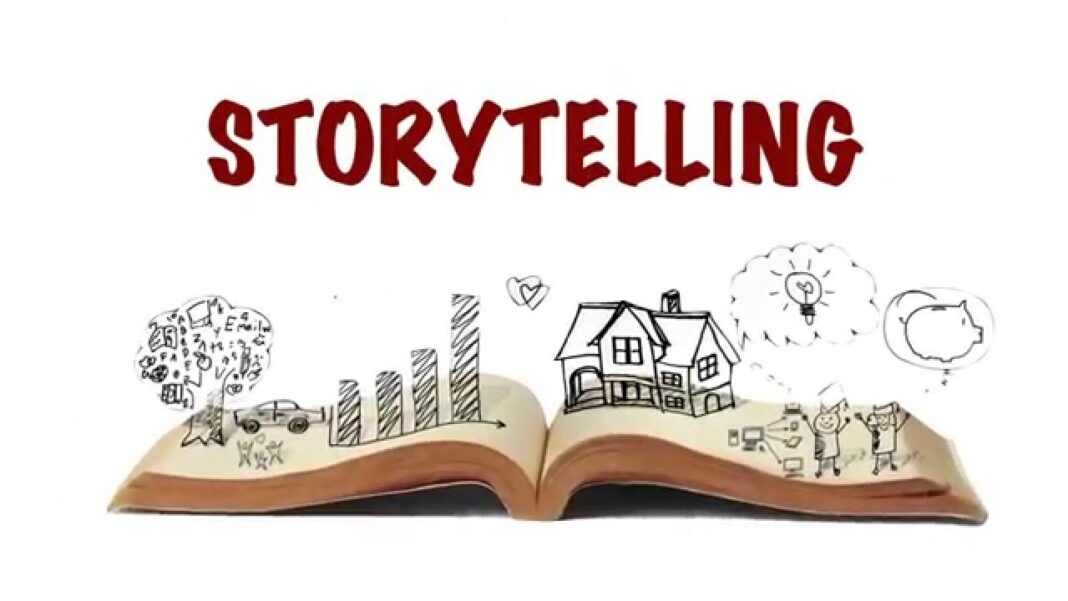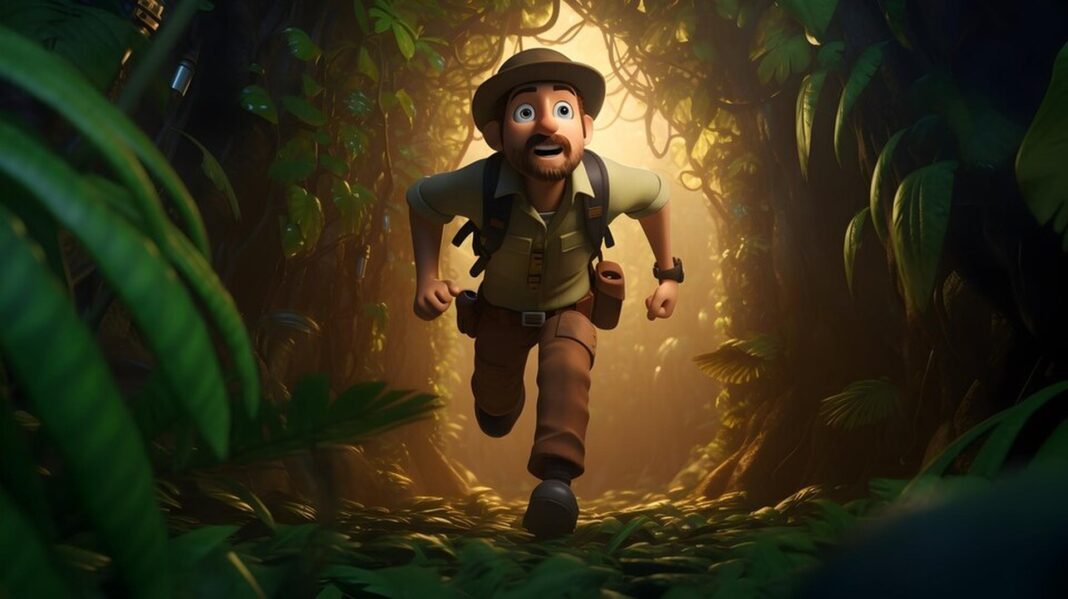Character Development In Film
Character development is key in cinema. It shapes the audience story relationship. Character development inspires empathy and involvement. Viewers demand change and improvement. Authenticity and depth are desired. Character arcs determine a film’s emotional effect. Similar faults and successes appeal to audiences.
In the film first act characters are introduced. They confront difficulties that expose their character. Viewers discover their motivations via their choices. Characters must change as the battle escalates. This development engages viewers. As they mature the stakes escalate. Character complexity may create memorable situations.
The lead path benefits from supporting characters. They foster growth with opposing views. Relationships provide depth and plot elements. Characters‘ backstories typically relate to the film themes. This link enhances viewing.
Excellent personalities have unforgettable moments. They’re memorable. Many viewers think about their trips after the credits roll. Filmmakers realize its potency. They create complex personas that move viewers.
The Role Of Cinematography In Storytelling
Cinematography is key to the narrative. It influences visual storytelling. Camera angles and illumination matter. Each factor affects narrative perception. Cinematography conveys feelings words cannot.
Color schemes generate emotions. Bright colors may provide delight while dark ones may evoke stress. Filmmakers‘ shots affect rhythm and speed. Character emotions are highlighted via close ups. Wide images convey distance or solitude.
Movement inside the frame is significant. The slow pan adds suspense. Fast cuts stimulate. Each shot composition affects the narrative flow. It directs the viewer’s attention and emotion throughout the film.
Symbolism is typically visual. Background objects may hint at future occurrences. Such details enhance narration. The cinematography adds depth and presentation. The visual language affects viewers subconsciously.
Cinematographers and directors collaborate to produce a cohesive image. They match images to tale themes. All frames contribute to the film identity. The cinematography makes memorable films.
The Power Of Dialogue
Characters are expressed via dialogue in films. You can see ideas, motives and conflicts. Strong speech may drive stories and emotions. Character dialogue typically reflects their personalities and origins. Great communication transcends talking. It improves the story.
Witty interactions may be tense or funny. Silences transmit unspoken words. Famous sentences may resonate with listeners. Authentic dialogue is needed. Cadence word choice and rhythm matter. Voices should be unique for each character.
Some discussion advances the story. Character ties and tensions are revealed. These discussions create tension and key moments. Flashbacks and monologues reveal character psychology. This complexity makes audience connections more intimate.
Subtext matters. Implied meaning typically trumps expressed. Characters may hide their emotions creating mystery. Tension fosters engagement. Excellent conversation engages viewers. It is essential for unforgettable moments.
Creating Emotion Through Visuals
Creating emotion with images is art. Filmmakers communicate complicated emotions using pictures. Visual narrative trump’s words. One shot might inspire delight, dread or memories. Light and shadow alter the mood.
Cinematography aids emotional expressiveness. Seeing a tearful face up close might affect viewers. Long shots might sometimes make you feel lonely. Each shot framing affects mood. This is better with colors. Cool colors might seem remote while warm ones can be comforting.
Editing enhances emotion. The slow motion may accentuate a crucial moment. Rapid cuts create adrenaline. Every decision is made to connect. Visual emotion is supported by sound design. Sad music enhances the experience.
Visuals and emotions must be linked. It determines cinematic audience response. It provides a powerful narrative when done well. Films frequently leave viewers deeply moved. Long after the screen disappears this feeling remains.
The Importance Of Themes
Film themes provide depth and significance. They underpin a tale. A compelling topic affects listeners on many levels. This captures universal truths and common experiences. It might be about love, grief , identity or justice.
Each character story might mirror the subject. Audience emotional involvement increases with this relationship. Well developed topics spark discussion. Long after seeing viewers consider the consequences. Strong themes unite the story.
Filmmakers utilize symbols to communicate concepts. Visuals may convey deeper thoughts. Layering makes the tale more thought provoking. Recurring themes may strengthen messages.
Themes encourage self reflection. They question ideas and spark debate. A film theme typically makes it powerful. Visitors are encouraged to see the world differently. Themes make films more than entertaining. They give it a deep meaning.
Engaging The Audience Imagination
Filmmakers must capture audiences‘ imaginations. Audiences are invited to engage in storytelling. Films frequently take viewers to other realms. Immersion makes it unforgettable.
Creative narrative and visuals spark interest. New notions and ideas intrigue audiences. Films that enable interpretation create debate. A deeper connection is made when viewers conjecture. It lets individuals contemplate their ideas and experiences.
Engagement goes beyond narrative. Relatedness to characters also contributes. After connecting with the characters, audiences engage emotionally. They envision tale possibilities. Films frequently leave things to interpretation. This method lets viewers form their conclusions.
An interested audience remembers films better. You’ll think about its topics long after watching. Imaginative films leave a lasting impression. They urge repeat viewing. New perspectives emerge with each viewing. This cycle keeps the tale moving.
Pacing And Timing In Film
Effective narrative requires pacing and timing. They control cinematic storylines. The proper pace keeps viewers interested. Rapid sequences may stimulate. Slower times offer introspection.
A film rhythm impacts its emotional journey. A good chuckle helps relieve stress. Suspenseful scenes with fast cuts increase tension. Scene duration affects tone.
Editing helps achieve proper pace. Smooth transitions enthrall viewers. However quick cuts may startle or excite. Filmmakers meticulously time revelations and climaxes.
An effective pace keeps viewers engaged. It builds anticipation and pleasure. Be intentional and enhance the plot with each beat. Films with great pace build tension and release. This equilibrium satisfies viewers. Engaging pace enhances a film beyond visuals.
How Do Characters Influence The Overall Story?
Storytelling depends on the characters. Their profundity and relatability enrich the story. Their decisions advance the story. These choices spark contention and interest in viewers. Well defined characters frequently represent cinematic themes. Their relationships enhance the tale.
Character arcs show readers how people change. This voyage emotionally engages viewers. Relatable characters inspire empathy and connection. Through their hardships spectators may reflect on themselves.
Story aspects are added by supporting characters. Different opinions and reasons are shown. Well crafted ensembles provide complexity to films. They typically affect the protagonist’s path. Strong character dynamics make memories.
A film character is its heart. Journeys and growth form the emotional core. A tale might flop without interesting people. Characters are crucial to the narrative because audiences relate to them.
What Role Does Cinematography Play In Storytelling?
Cinematography is essential for narrative. It forms narrative imagery. Cinematography expresses emotions and ideas via lighting framing and camera movement. Colors may elicit emotions improving the audience experience.
Shot kinds provide different effects. Characters‘ inner thoughts are highlighted in close ups. Wide images provide location and mood. Angles direct spectator attention in films.
Visual narrative is composition driven. Frame layout affects the narrative tone. Symbolic imagery adds depth to subjects. Effective cinematography conveys the message without words.
Directors and cinematographers work together. They make sure images convey emotions and stories. The mix of images and narration may be memorable. Excellent cinematography transforms a film into art.



